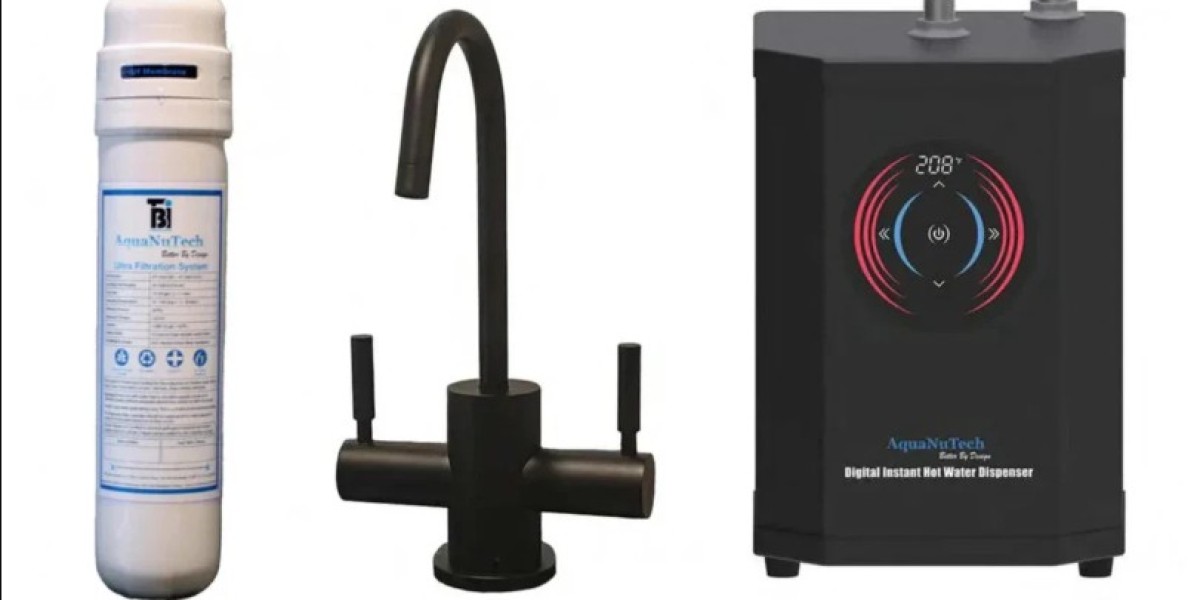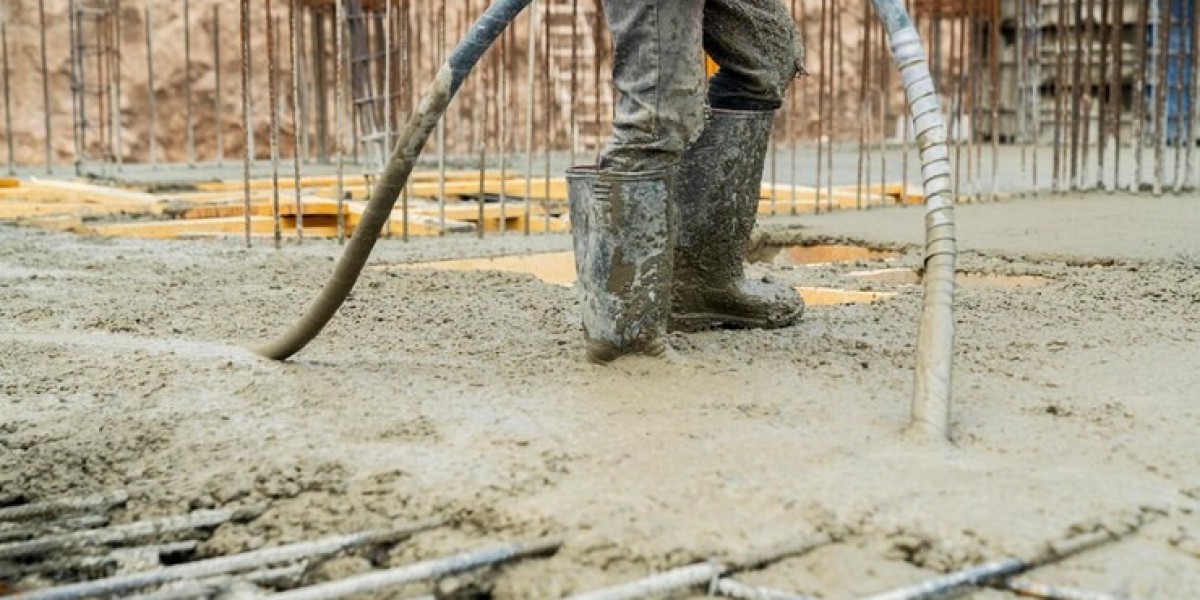Instant hot water dispensers have grown in popularity due to their convenience and efficiency, offering near-boiling water with the push of a button for everything from making tea to cooking and cleaning. However, because they dispense extremely hot water, proper installation, use, and maintenance are required to assure safety. Here is a guide to safety precautions to take when installing and using an instant hot water dispenser. Choose the best hot and cold water dispensers with AquaNu tech.
Safety Tips for Installing an Instant Hot Water Dispenser
Read the manufacturer's instructions carefully.
- Important Instructions: Before beginning the installation, properly read the manufacturer's instructions. Each model may have its own set of instructions and rules for plumbing, electrical connections, and spacing.
- Warranty and Safety Compliance: Following the instructions not only keeps you safe, but it also ensures that you don't accidentally void the warranty or ignore any critical safety features.
Choose a suitable location
- Under-the-Sink Space: Make sure there is adequate area under the sink to fit the hot water tank. It should fit comfortably without obstructing the plumbing or interfering with other appliances, such as a garbage disposal.
- Ventilation and Clearance: Allow enough space around the tank for airflow to avoid overheating. Proper airflow increases the tank's lifespan and lowers the chance of overheating.
Secure professional installation, if necessary.
- Plumbing and Electrical Requirements: While some people can install dispensers themselves, many models require expert plumbing and electrical work. Hiring a licensed plumber or electrician can help to assure correct installation and decrease the possibility of leaks, bad wiring, or other hazards.
- Avoid DIY if uncertain: Even minor installation faults can pose a safety risk, so if you're worried about any step of the process, call an expert.
- Install a dedicated electrical outlet
- Avoid Overloading Circuits: Most instant hot water dispensers need a dedicated outlet with a certain voltage and power rating. To prevent the risk of electrical overload, do not use extension cables or share outlets with other high-power equipment.
- Ground-Fault Circuit Interrupter (GFCI): To increase safety, equip the outlet with a GFCI, which protects against electrical shocks in wet conditions.
Check for leaks and proper operation after installation
- Run Water Through the System: After installation, run water through the system to check for leaks at all connections. Leaks not only waste water but also destroy cabinetry and promote mould growth over time.
- Temperature Controls: Check the temperature settings to check that the water heats properly and that the dispenser does not make any weird noises, which could signal a problem.
Safety Tips for Using an Instant Hot Water Dispenser
- Basic Instructions: Show all household members, including children (if allowed), how to use the dispenser securely. Emphasize the importance of not touching the faucet directly after it has dispensed hot water.
- Safety around children: Consider supervising or instructing children to avoid the dispenser, particularly if it lacks child-safety safeguards.
- Child Resistant Features: Many dispensers include built-in kid locks or safety buttons to prevent accidental activation. Always use these features to reduce the risks for young children.
- Hot Water Activation Controls: Some models require a specific sequence or additional pressure to dispense hot water. If your dispenser includes this feature, ensure that everyone understands how it works. To avoid burns and scalding, keep your hands and body parts away from the outlet because the water is close to boiling. Wait a few seconds after dispensing before putting your hand near the faucet.
- Use Proper Containers: When handling hot water, always use heat-resistant containers to avoid cracks or mishaps. Glass and ceramic containers are normally acceptable, but consult the manufacturer's requirements if in doubt.
Conclusion
While instant hot water dispensers are convenient and efficient, it is critical to observe basic installation and use safety guidelines. From choosing an appropriate location and skilled installation to teaching safe operation and regular maintenance, each step provides a safer experience for your family. With the proper safeguards, an instant hot water dispenser can be a useful, time-saving addition to any kitchen, speeding up and simplifying daily activities while keeping your family safe. Get the best hot cold water faucet with AquaNu tech.










